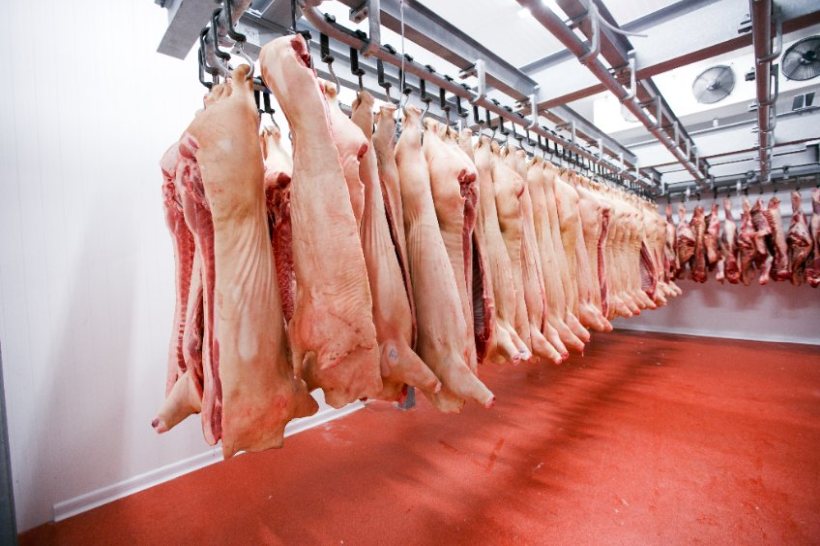
Weekly pig slaughtering numbers appear to be at the lowest level outside of Christmas and New Year since April 2010, figures suggest.
Estimated GB slaughterings for the week ended 16 March were nearly 6,000 down on the previous week, 20,000 below the same week a year ago and 34,000 below the 2022 figure.
The figures, which are often subject to revision, were published by AHDB as part of its latest market data for the pig sector.
The National Pig Association (NPA) said the drop appeared to be a combination of the vastly reduced breeding herd, combined with productivity issues, partly the result of the relentless wet weather.
"The most eye-catching part of the latest of AHDB's market data is the drop of in estimated slaughter numbers," the body said.
"If these turn out to be accurate - and they are often revision - weekly GB slaughterings at 141,000 for the week appear to be at the lowest level outside of Christmas and New Year since April 2010."
Meanwhile, the EU-spec SPP has dropped back again, losing 0.18p to stand at 211.31p/kg during the week ended 16 March, following the previous week’s 00.16p increase.
It has been stable since the end of January, when it stood at 211.38p/kg, fluctuating up and down by small amounts since, and is now roughly back to where it was.
It is now, however, for the first time in a very long time, now more than 1p behind the SPP of a year ago, which stood at 212.53p/kg, at a time when pig prices were still rising at a decent rate.
The more volatile APP, which includes premium pigs, gained 1.2p during the week ended 9 March to stand at 211.63p/kg, cancelling out the declines of the previous fortnight. This put it back ahead of the SPP for the week by just 0.14p/kg.
Despite the latest reverse, the NPA said many within the industry remained optimistic that the combination of tightening supplies and rising EU markets will support the market over the coming weeks.
